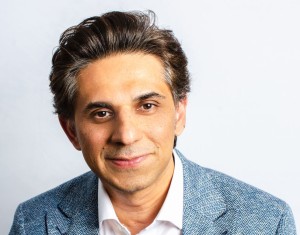- Video Library
- Mohamed Sadeq Ali, AccurKardia - Spotlight Studio | LSI Europe '23
Mohamed Sadeq Ali, AccurKardia - Spotlight Studio | LSI Europe '23

Mohamed Sadeq Ali
Sadeq is a serial entrepreneur and founder of 5 companies, 4 of which are currently active. In the 4 years since founding AccurKardia, he has been able to help AccurKardia obtain its first FDA clearance, do cutting edge research as part of the Mayo Clinical Platform Accelerate, and obtain close to $5M in funding. He is currently working on commercializing the company's core product offering (AccurECG), conducting prospective clinical research with world class organizations, and building an AI-platform that can achieve planetary scale in analyzing ECGs originating from both clinical-grade and consumer devices.
Mohamed Sadeq Ali
Sadeq is a serial entrepreneur and founder of 5 companies, 4 of which are currently active. In the 4 years since founding AccurKardia, he has been able to help AccurKardia obtain its first FDA clearance, do cutting edge research as part of the Mayo Clinical Platform Accelerate, and obtain close to $5M in funding. He is currently working on commercializing the company's core product offering (AccurECG), conducting prospective clinical research with world class organizations, and building an AI-platform that can achieve planetary scale in analyzing ECGs originating from both clinical-grade and consumer devices.

17011 Beach Blvd, Suite 500 Huntington Beach, CA 92647
714-847-3540© 2025 Life Science Intelligence, Inc., All Rights Reserved. | Privacy Policy







